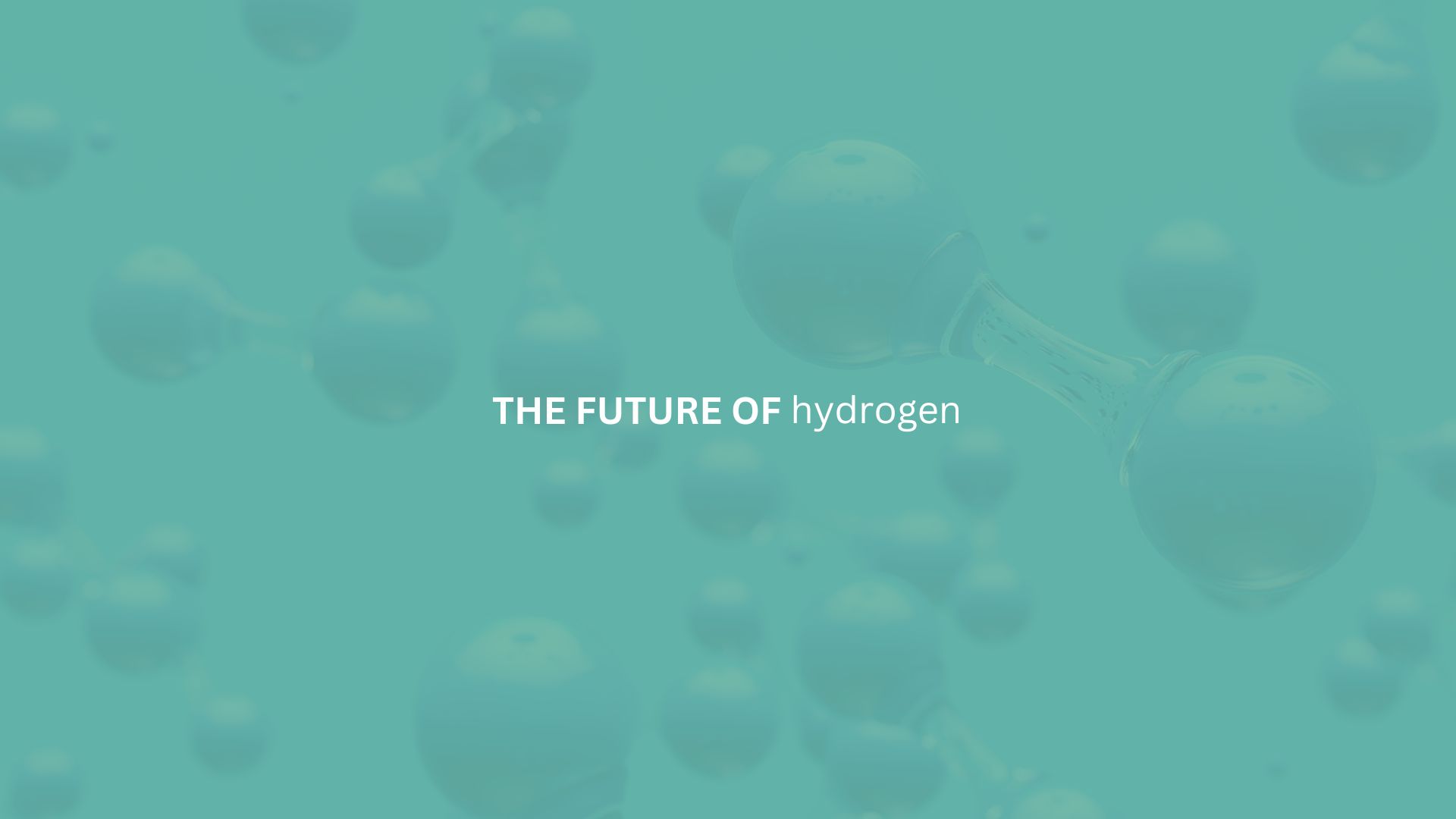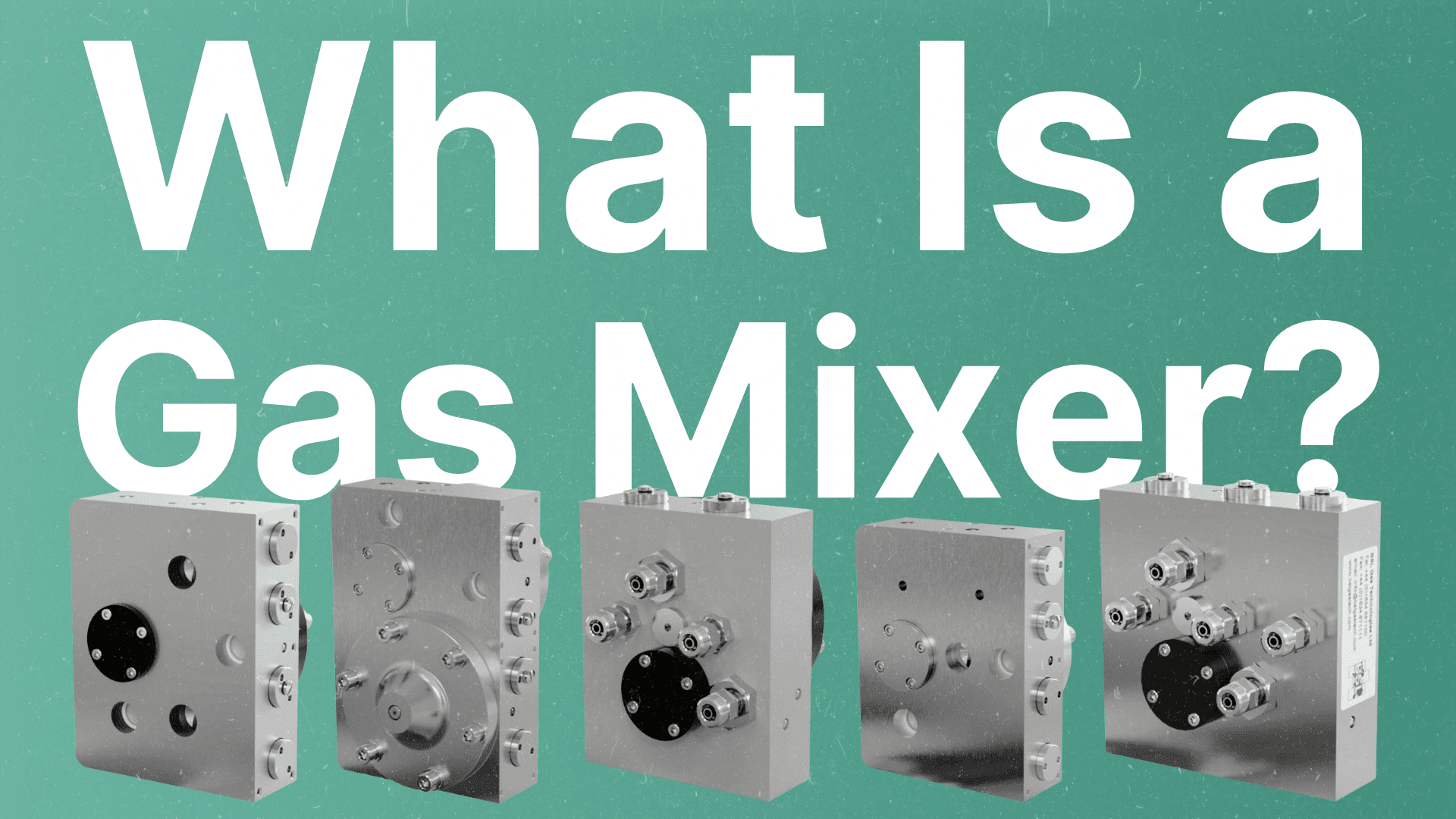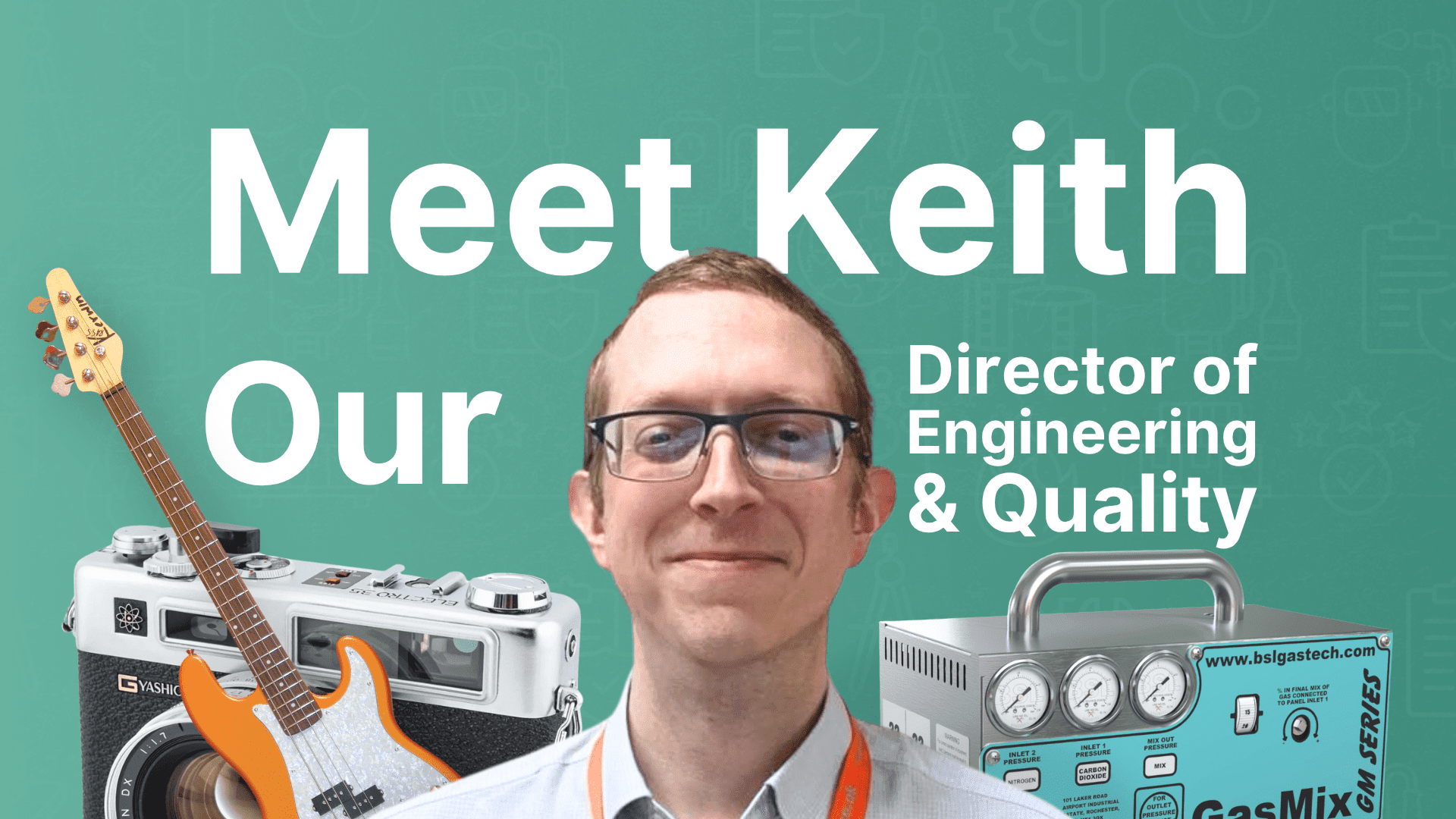There is continuing growth across hydrogen supply, transmission, distribution and end-uses this past year.
The release of the Hydrogen Insights 2022 report underlined a need to promote hydrogen projects over the final investment decision (FID) line, with crucial recommendations for industries to accelerate the market in a zero-carbon driven world.
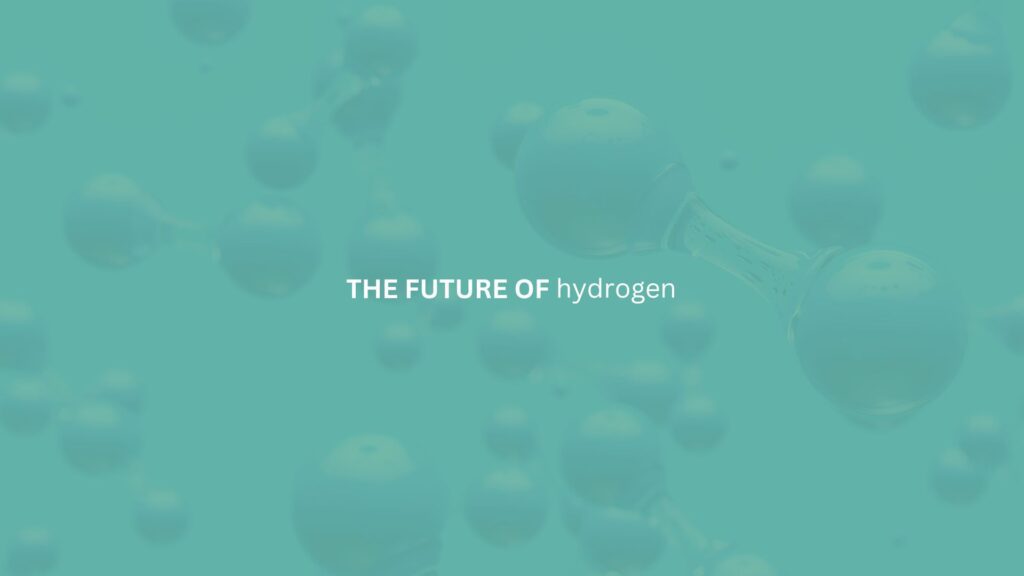
Despite the need for more progress, there has been considerable development across the entire hydrogen industry.
In terms of supply, the report estimated that the global industry has installed approximately 800 kilo tonnes per year of low-carbon hydrogen capacity, with around 550MW of water electrolysis.
The report states that electrolyser capacity grew by around 80% between 2020 and 2021.
About 2/3 of the capacity serves industrial end uses such as ammonia plants or refineries, with mobility taking around 10% of the total capacity.
Global hydrogen infrastructure is steadily evolving and maturing with further developments across pipelines, refuelling stations, and global hydrogen shipments.
Nearly 4,500km of hydrogen pipelines transmit grey hydrogen to industrial end-users. There are several projects in Northern Africa, Europe, UK, and California (US) that are testing the blending of hydrogen in natural gas pipelines. Around 700 hydrogen stations were installed globally by the end of 2021. Approximately half of these stations are in Japan, South Korea, and China, which saw a 35% rise in annual growth. Despite progress, Europe and the US both have seen slower growth at about 20%.
There is slow progress in the seaborne hydrogen trade too, with small-scale deliveries of clean hydrogen being shipped in 2020 and 2021. Despite this, there has been three pilot schemes that carried clean ammonia, liquid hydrogen, and liquid organic hydrogen carriers (LOHC) in the last three years.
There has been a 65% increase in the sales of hydrogen fuel cell vehicles. The total sales were roughly 17,000 vehicles. Commercial vehicles accounted for 10% of sales, around 3/4 consisting of hydrogen fuel cell buses and the remainder being trucks. Passenger vehicles also saw substantial growth, with around 15,000 vehicles being sold worldwide in 2021. 55% of these sales were seen in South Korea, 20% in North America, and 15% in Japan.
Industrial end use of hydrogen has a lot of interest, but large-scale plants are yet to be built. There are 27 renewable hydrogen projects which have reached FID. 20 of those projects are in Europe and are used to produce clean ammonia, methanol, steel, and synthetic fuels. Ammonia is at the forefront, with seven projects that have reached FID and three projects that are operational. Likewise, methanol has seven projects that have reached the FID stage. Unfortunately, no full-scale plants have reached the FID stage as of yet but there is potential.
However, suppliers are preparing and have installed manufacturing plants for equipment such as electrolysers and fuel cells. Around 3.5GW of electrolysis manufacturing capacity has been installed globally, with another 3.5GW expected to be installed during 2022. Fuel cells, at this time, have boasted capacity of around 11GW. Vehicle OEMs have created 87 fuel cell vehicle platforms to date, the majority of which are platforms for fuel cell buses, as well as trucks and light vehicles.
In line with this expansion, companies are actively investing in hydrogen, both to develop projects to supply and consume clean hydrogen. As well as in the hydrogen stakeholders and innovators themselves. Research has found that stakeholders are investing roughly £3.5bn in viability studies for projects that are yet to reach an FID. Historically, companies have only invested about £1.8bn into such studies. Globally, investors have spent around £6.5bn on fuel cell and electrolyser suppliers in 2021, which is almost double to that spent in 2020.
Hydrogen looks to be the fuel of the future! Many industries and companies are looking to switch to hydrogen, and we can help with that. We make gas mixing equipment for all different types of gases and our focus has been on the development and manufacture of gas mixing panels for hydrogen. So, if this is something that interests you, get in contact for more information.
You can also read our analysis of last year’s Hydrogen Insights here.
